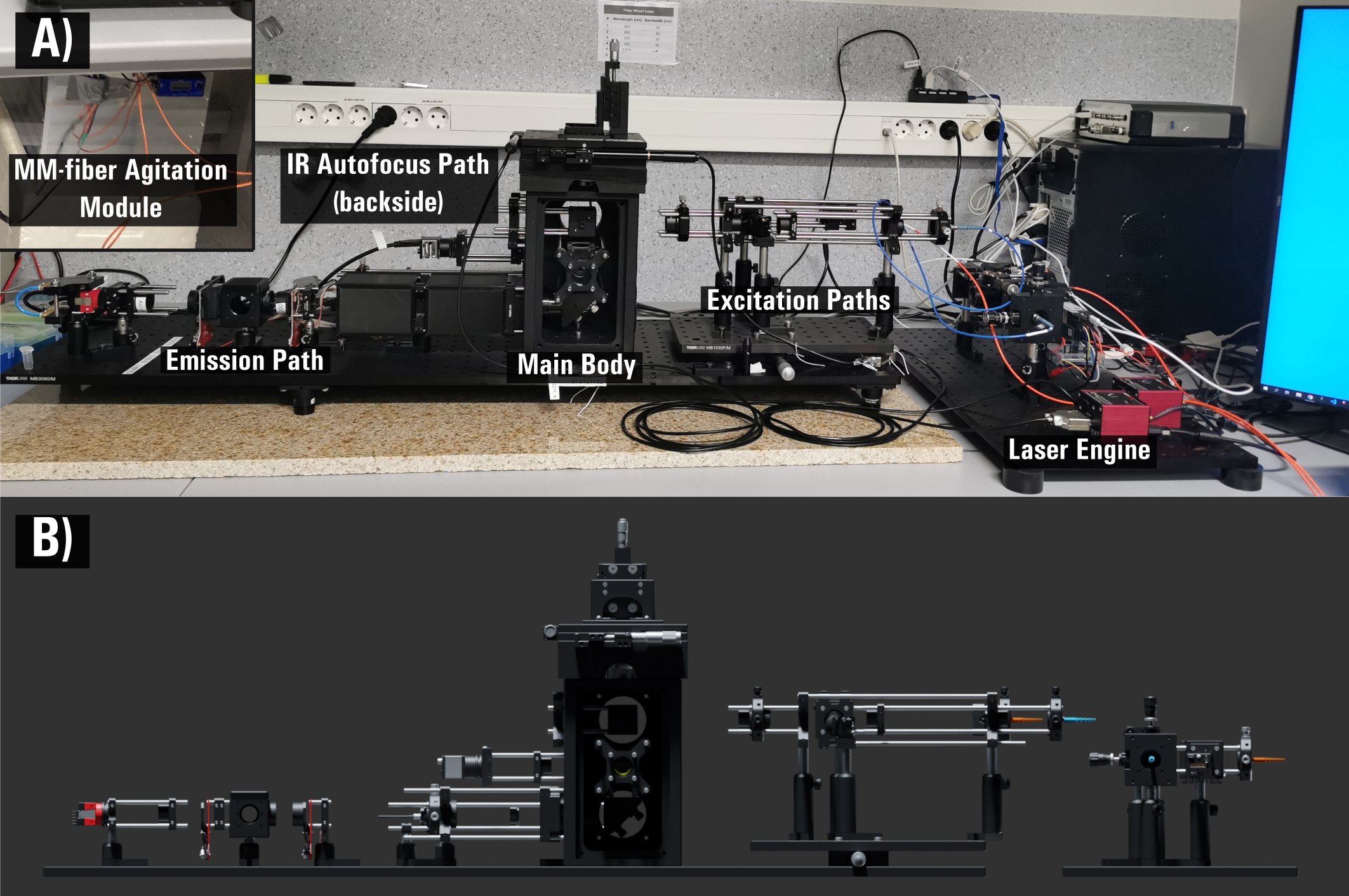 | Single-molecule level DNA-protein interaction studiesDNA-protein interactions play a key role in many biological processes. One unifying aspect of these interactions is target search process. It involves different mechanisms that are different for each protein, but can be separated into these classes: 3D diffusion (i.e., jumping), sliding, and hopping. One of the research topics of our lab is to investigate interacion dynamics and target search mechanisms of DNA-interacting proteins and single-molecule fluorescence microscopy works very well for these studies. Read More. |
Main Projects
 | Light-harvesting complexes and Transmembrane protein studiesWe aim to gain a better understanding of peripheral light-harvesting complexes’ role in the non-photochemical quenching (NPQ) process. Also, we aim to understand better how the fluorescence intensity of these complexes is related with their conformational dynamcis. For these studies we employ single-molecule level fluorescenece microsocpy of detergent micelle solubilized complexes, single-liposome level fluorescence microscopy of antenna complexes’ reconstited in lipid vesicles. These experiments allow us to compare role of antenna complexes’ in the NPQ process both under native and artificial lipid environment. We apply similar methods (liposome reconstitution, in situ liposome size determination, single-molecule or single-liposome level fluorescnece microscopy and various bulk spectroscopy methods) for studies of other transmembrane or membrane related proteins. Read More. |
 | Open microscopySingle-molecule localization microscopy (SMLM) helped to reveal nanoscale molecular structures and their dynamics. However, it requires state-of-the-art scientific-grade equipment. We developed fully open-source cost-effective super-resolution microscope solution (approx. 50K Euro) that can perform dual-channel widefield, confocal and TIRF imaging. This project includes also robustly working dedicated open-source Python package for microscopes’ hardware control, data acquisition, and analysis. It showed very low sample drift and allowed us to achieve ‘ground truth’ axial resolution of ~ 16 nm for DNA PAINT and ~ 26 nm for dSTORM. This project is standing on a base of miCube microscope (approx. 110K Euro). Read More. |
